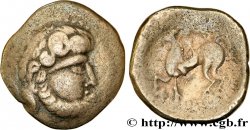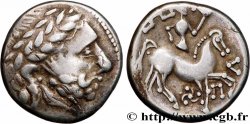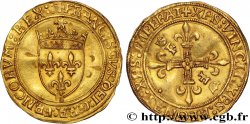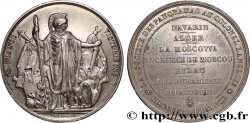Live auction - bga_644218 - DONAURAUM Tétradrachme “à la labrys”
Sie müssen angeschlossen sein und von cgb.fr genehmigt werden, um in einer E-Auktion teilzunehmen.Melden Sie sich an, um zu wetten..Die Kontobestätigungen sind innerhalb von 48 Stunden nach Ihrer Anmeldung gemacht.Warten Sie nicht bis die letzten zwei Tage vor dem Abschluss eines Verkaufs, um Ihre Registrierung abzuschließen. Klickend "BIETEN" verpflichten Sie sich vertraglich, diesen Artikel zu kaufen und Sie nehmen ohne Reserve die allgemeinen Verkaufsbedingungen für den live auctions zu cgb.fr an.
Der Verkauf wird an der Zeit auf der Übersichtsseite angezeigt geschlossen werden. Angebote, die nach der Schließung Zeit empfangen sind, werden nicht gültig.
Bitte beachten Sie, dass die Fristen für die Einreichung Ihres Angebots auf unsere Server können variieren und es kann zur Ablehnung Ihres Angebots entstehen, wenn es in den letzten Sekunden des Verkaufs gesendet wird. Die Angebote sollen mit ganzer Zahl ausgeführt sein, Sie können Kommas oder des Punktes in Ihrem Angebot nicht erfassen. Bei Fragen klicken Sie hier, um einen Blick auf die FAQ Live-Auktionen.
Alle Gewinngebote unterliegen einem Aufschlag von 18 % für Verkaufskosten.
Alle Gewinngebote unterliegen einem Aufschlag von 18 % für Verkaufskosten.
| Schätzung : | 1 200 € |
| Preis : | 600 € |
| Höchstgebot : | 700 € |
| Verkaufsende : | 09 März 2021 16:13:06 |
| Bieter : | 1 Bieter |
Type : Tétradrachme “à la labrys”
Datum: c. 280-220 AC
Metall : Silber
Durchmesser : 26,5 mm
Stempelstellung : 3 h.
Gewicht : 13,98 g.
Seltenheitsgrad : R3
Kommentare zum Erhaltungszustand:
Exemplaire sur un flan large bien centré avec le grènetis complet au droit. Tête de Zeus tout à fait particulière associée à la double hache dans le champ devant le visage. Frappe molle au revers avec le métal légèrement piqué. Patine de collection ancienne avec des reflets dorés
N° im Nachschlagewerk :
Vorderseite
Titulatur der Vorderseite ANÉPIGRAPHE.
Beschreibung Vorderseite Tête laurée de Zeus à droite ; grènetis, un petite labrys (double hache) entre le grènetis l’arcade sourcilière de Zeus.
Rückseite
Beschreibung Rückseite Cavalier au pas à droite, tenant une palme de la main droite ; le cheval lève l'antérieur à droite, encadrée d’une torche de course et d’un caducée ; au-dessus du cavalier, la légende.
Legende des Reverses : FILIPP-OU/ L
Übersetzung der Rückseite (de Philippe).
Kommentare
Si le statère d'or de Philippe II de Macédoine a servi de prototype à de nombreuses imitations gauloises, le tétradrachme n'a pas été imité en Gaule, mais reste principal sujet d'inspiration des monnaies pour les Celtes du Danube (LT. 9697-9767, 9768-9832, 9618-9630, 9870-9886). Les premières imitations furent frappées dans le premier quart du IIIe siècle avant J.-C. La fabrication des copies serviles, puis des imitations, enfin des frappes celtiques continuèrent pendant plus de deux siècles. Le revers est connu et était donné pour l’atelier d’Amphipolis, frappé d’après G. Le Rider entre 316/315 et 294 avant J.-C. Le droit est tout à fait exceptionnel avec la présence d’une petite labrys (double hache) placée entre le grènetis et la tête de Zeus. Semble complètement inédit et non recensé. Le seul exemplaire signalé provient de la vente Numismatica Ars Classica (NAC) 78, 26-27 mai 2014, n° 167 (Mêmes coins). C’est le deuxième exemplaire signalé.
While the gold stater of Philip II of Macedon served as a prototype for many Gallic imitations, the tetradrachm was not imitated in Gaul, but remains the main source of inspiration for coins for the Danube Celts (LT. 9697-9767, 9768-9832, 9618-9630, 9870-9886). The first imitations were struck in the first quarter of the 3rd century BC. The manufacture of servile copies, then imitations, and finally Celtic strikes continued for more than two centuries. The reverse is known and was given for the Amphipolis mint, struck according to G. Le Rider between 316/315 and 294 BC. The obverse is quite exceptional with the presence of a small labrys (double axe) placed between the beading and the head of Zeus. Appears to be completely unpublished and unlisted. The only reported example comes from the Numismatica Ars Classica (NAC) 78 sale, May 26-27, 2014, No. 167 (Same dies). This is the second reported example
While the gold stater of Philip II of Macedon served as a prototype for many Gallic imitations, the tetradrachm was not imitated in Gaul, but remains the main source of inspiration for coins for the Danube Celts (LT. 9697-9767, 9768-9832, 9618-9630, 9870-9886). The first imitations were struck in the first quarter of the 3rd century BC. The manufacture of servile copies, then imitations, and finally Celtic strikes continued for more than two centuries. The reverse is known and was given for the Amphipolis mint, struck according to G. Le Rider between 316/315 and 294 BC. The obverse is quite exceptional with the presence of a small labrys (double axe) placed between the beading and the head of Zeus. Appears to be completely unpublished and unlisted. The only reported example comes from the Numismatica Ars Classica (NAC) 78 sale, May 26-27, 2014, No. 167 (Same dies). This is the second reported example







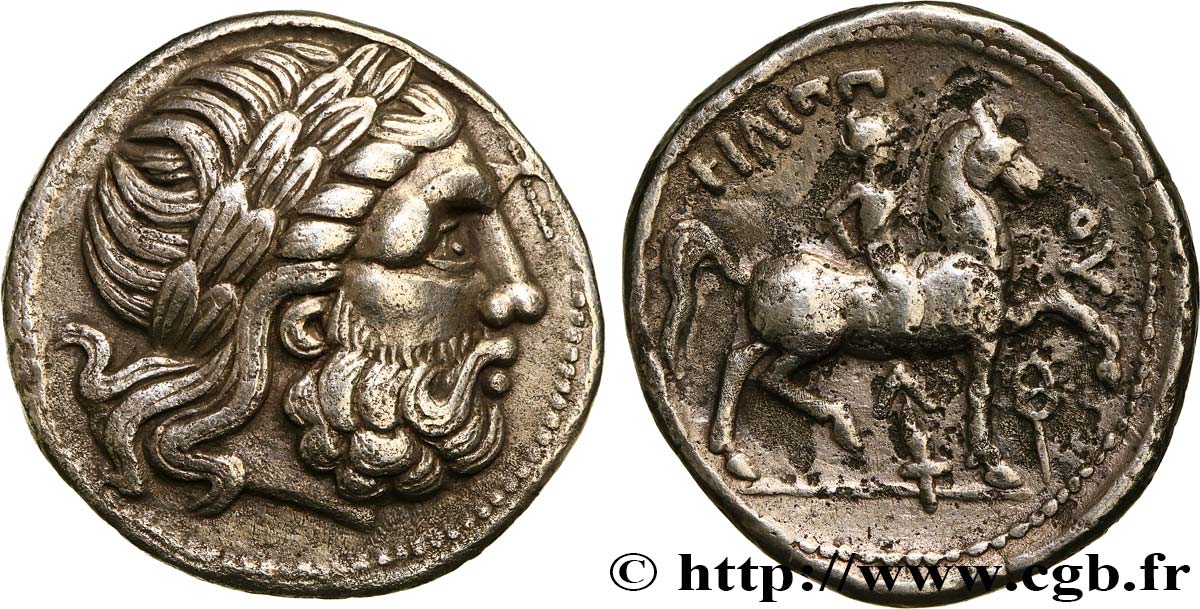
 Berichten über einen Fehler
Berichten über einen Fehler Die Seite drucken
Die Seite drucken Teilen meiner Auswahl
Teilen meiner Auswahl Stellen Sie eine Frage
Stellen Sie eine Frage Einlieferung/Verkauf
Einlieferung/Verkauf
 Details
Details
